The Terminology of Cross-border Beauty Procurement
With the rapid development of Globalization and e-commerce, cross-border beauty procurement has become an important choice for many enterprises and individuals. However, when engaging in cross-border beauty procurement, some technical terms can confuse novice buyers. In order to help you better understand and participate in cross-border beauty procurement, this article aims to analyze some common beauty procurement terms.
1. SKU (Stock Keeping Unit)
SKU is a basic unit of inventory import and export measurement, which can be used in units such as pieces, boxes, pallets, etc. In beauty procurement, SKUs are usually used to describe specific specifications, colors, sizes and other information about products to facilitate inventory management and sales tracking.
2. MOQ (Minimum Order Quantity)
MOQ refers to the minimum order quantity that a supplier is willing to accept. In cross-border beauty procurement, understanding MOQ is essential to planning your purchasing strategy and budget.
3. FOB (Free On Board)
FOB means that the seller delivers the goods to the vessel designated by the buyer at the port of shipment or takes the goods that have been delivered to the vessel, and the buyer must bear all risks, such as loss and damage to the goods from then on. In cross-border beauty procurement, FOB is used to describe the price of goods and the division of responsibilities.
4. CIF (Cost, Insurance and Freight)
CIF means that the seller is responsible for all loss and damage to the goods until they are loaded on board at the port and pays the freight and insurance costs of transporting them there. In cross-border beauty procurement, CIF is a common trade term used to describe the seller's responsibilities and costs.
5. Private Label
Private Label is a manufacturing and selling method in which an unbranded or generic product is bought by the purchaser (usually a retailer or distributor) from the manufacturer and is sold under their own brand name. In the beauty industry, private-label products are very common, and many large retailers will launch their private-label product lines.
6. OEM (Original Equipment Manufacturer)
OEM refers to the manufacturer that produces the product according to the technology and specifications provided by the buyer. In beauty procurement, OEM usually refers to the manufacturer who can customize the production of beauty products according to the requirements of the purchasers.
7. ODM (Original Design Manufacturer)
ODM is a manufacturer that can provide product design in addition to the OEM manufacturing capability. In beauty procurement, ODM can provide a one-stop service from product design to production, helping buyers to quickly launch new products.
8. FDA (Food and Drug Administration)
The FDA is an agency of the U.S. government that regulates the safety and effectiveness of food, drugs, cosmetics and other products. In cross-border beauty procurement, understanding FDA regulations and requirements is essential to ensuring product quality and compliance.
The above are some common cross-border beauty procurement terms. Understanding the meaning and usage of these terms is helpful for buyers to better participate in cross-border procurement activities and improve procurement efficiency. I hope this article can be helpful to everyone!



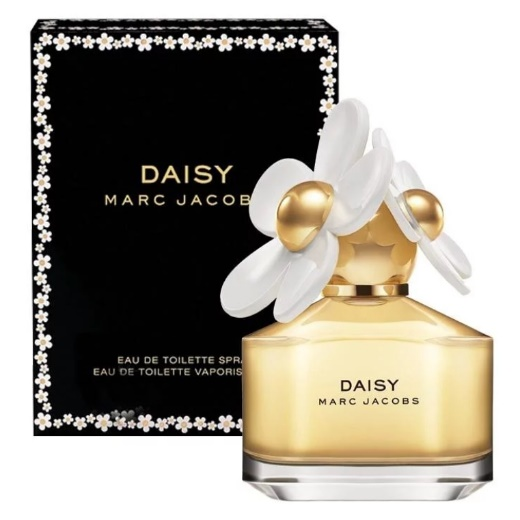
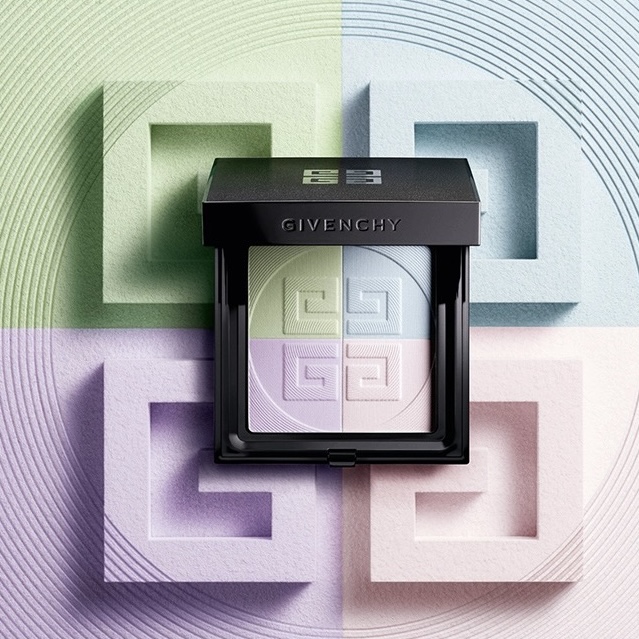

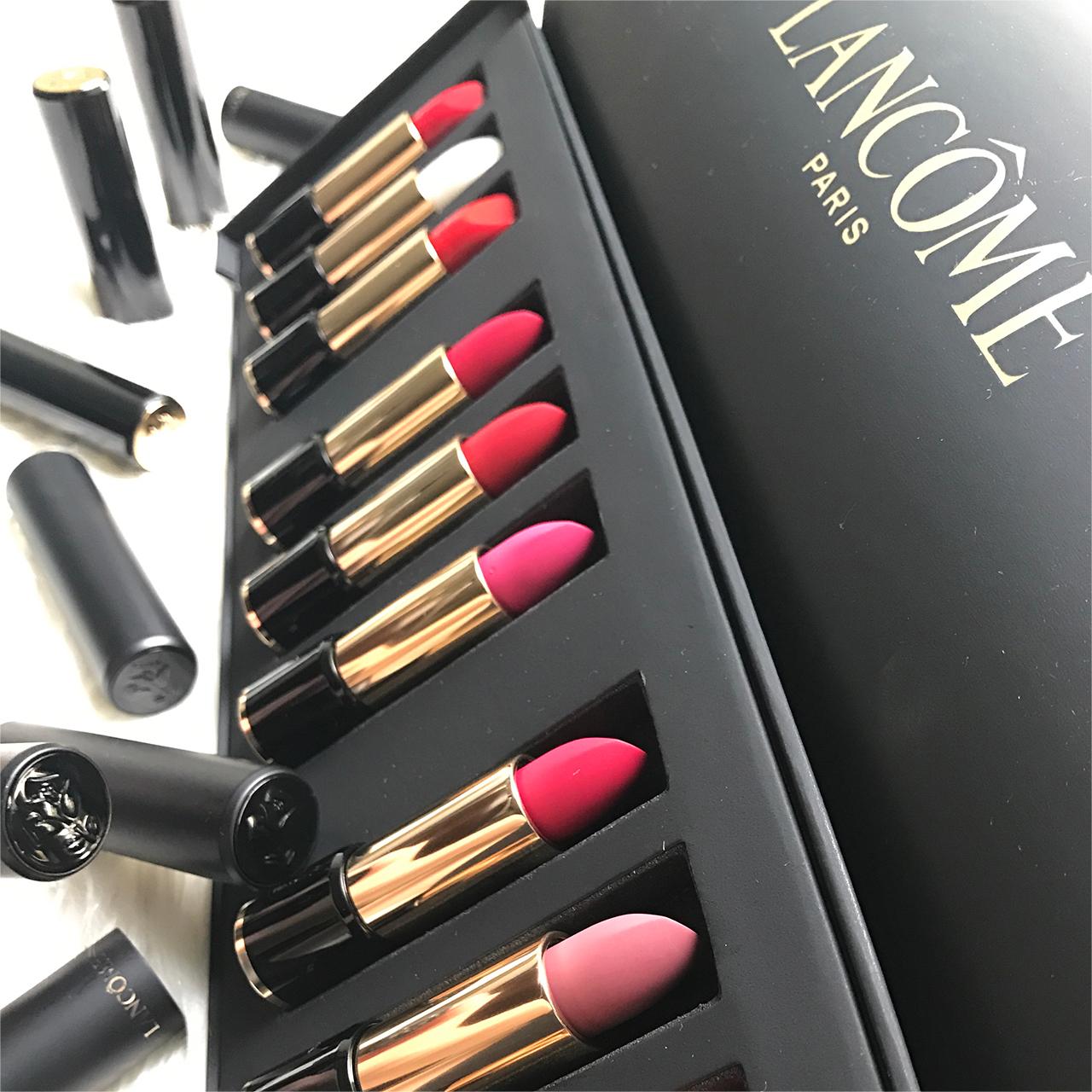
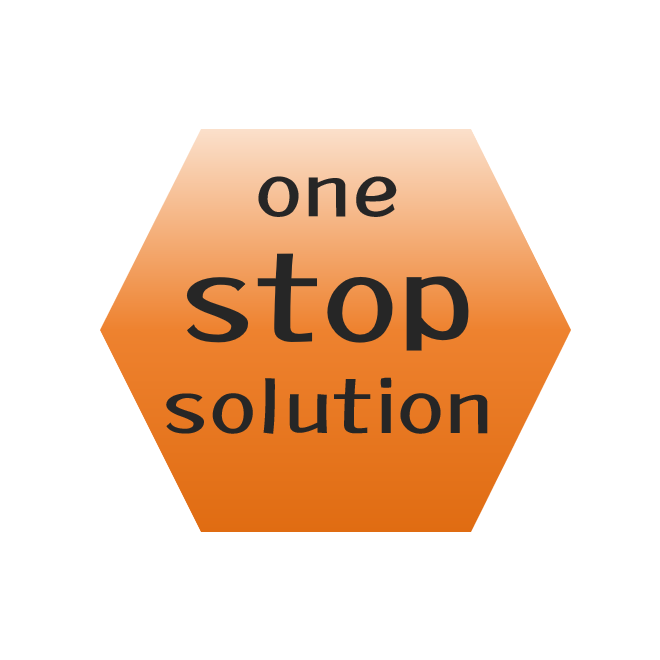
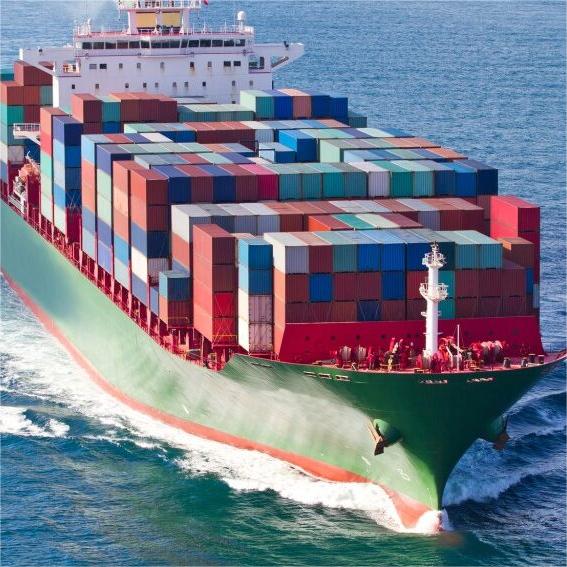

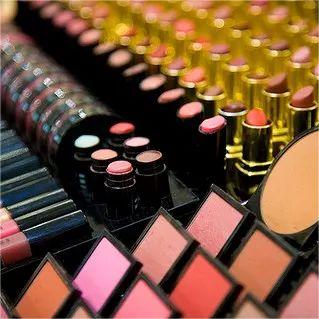



 WhatsApp
WhatsApp Wechat
Wechat